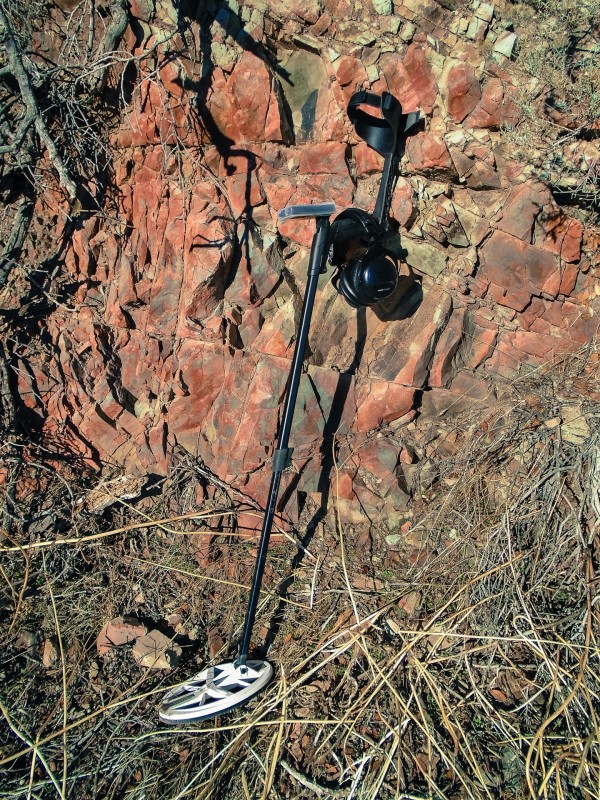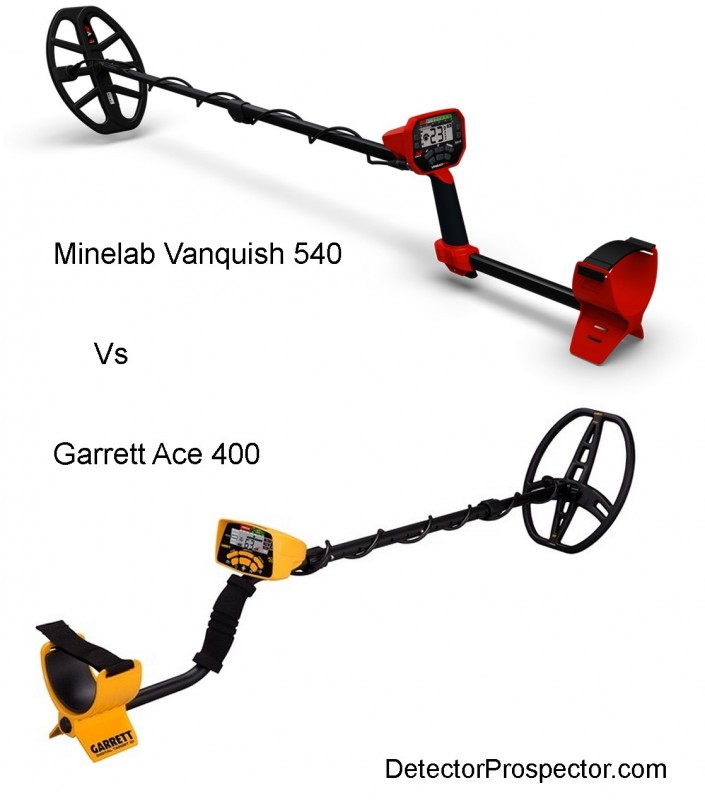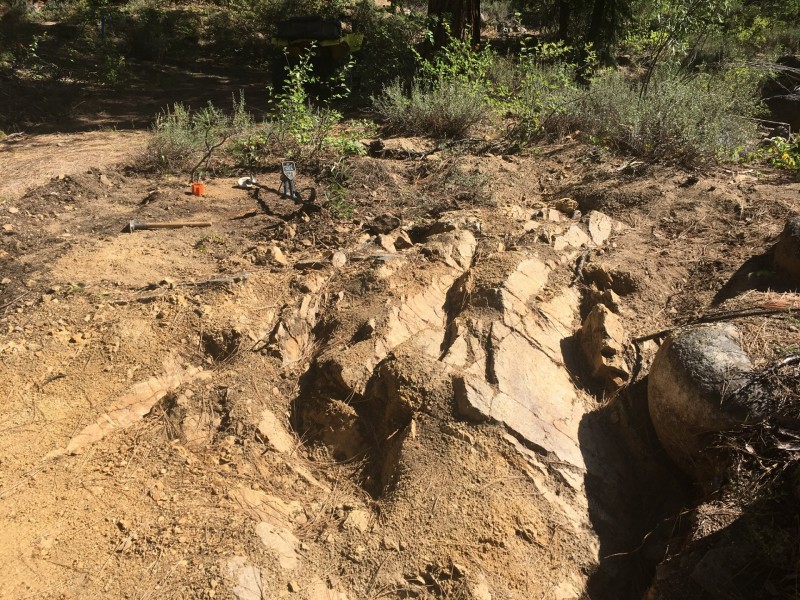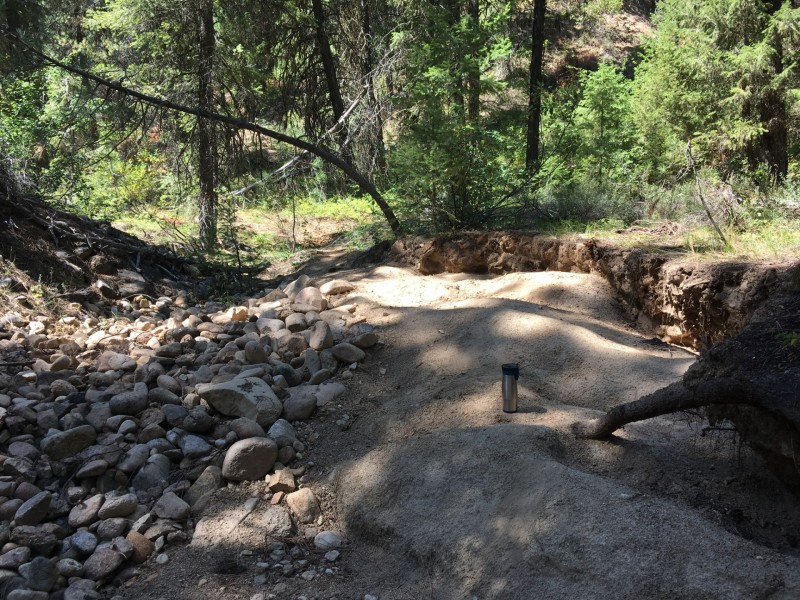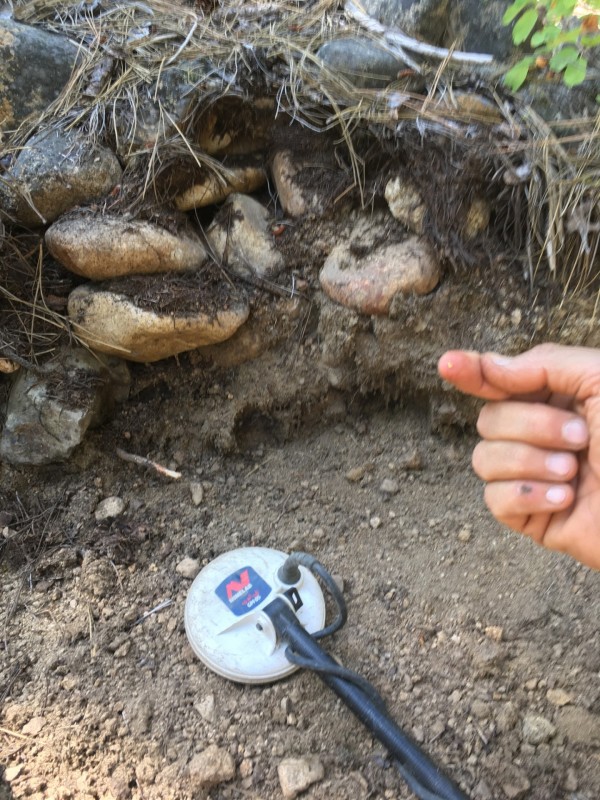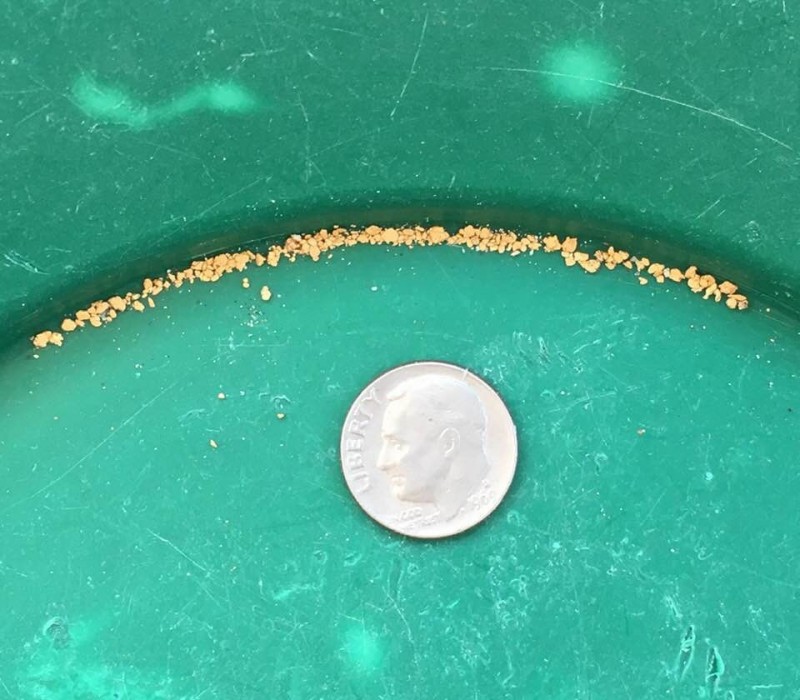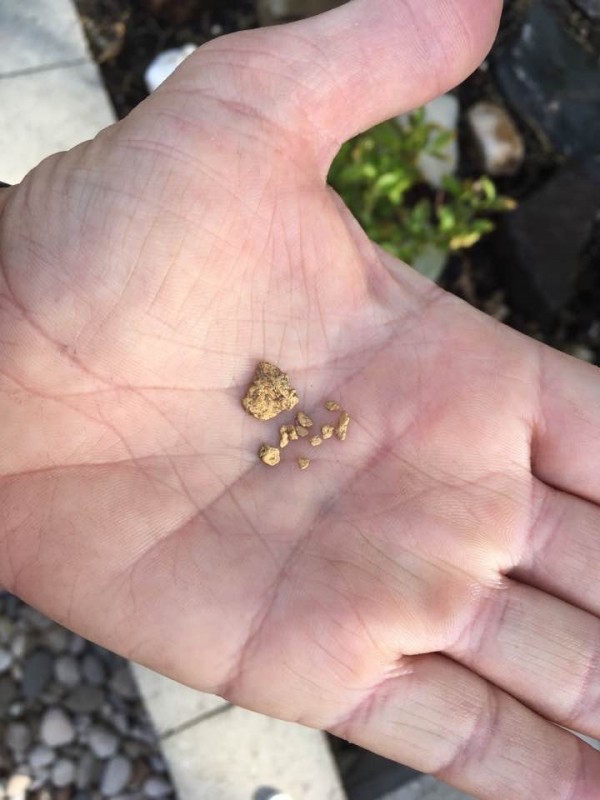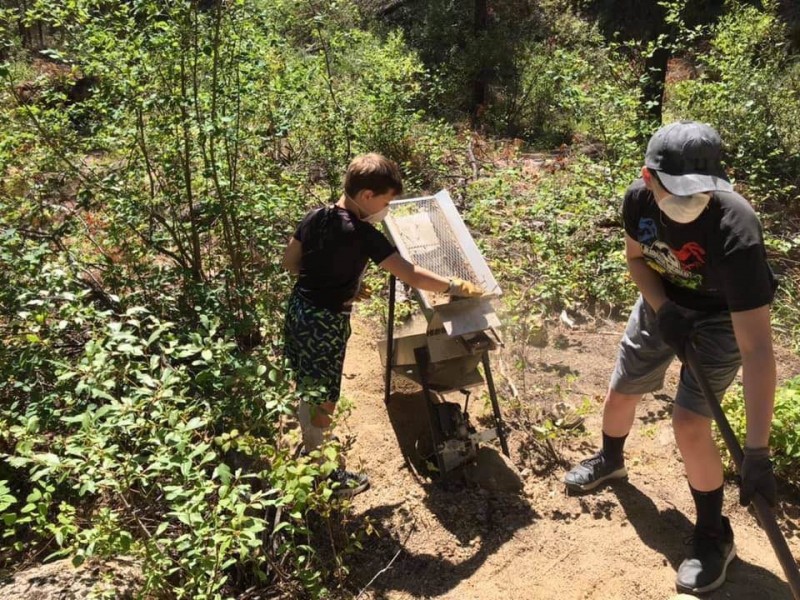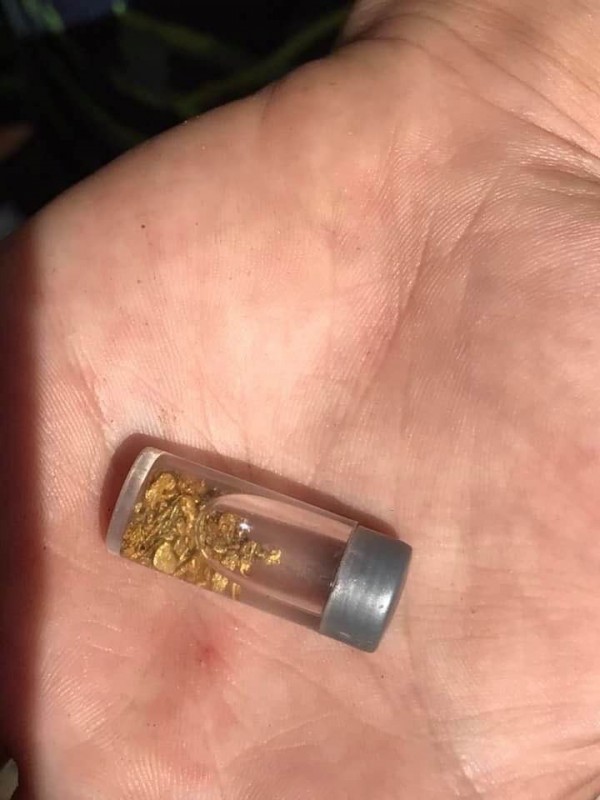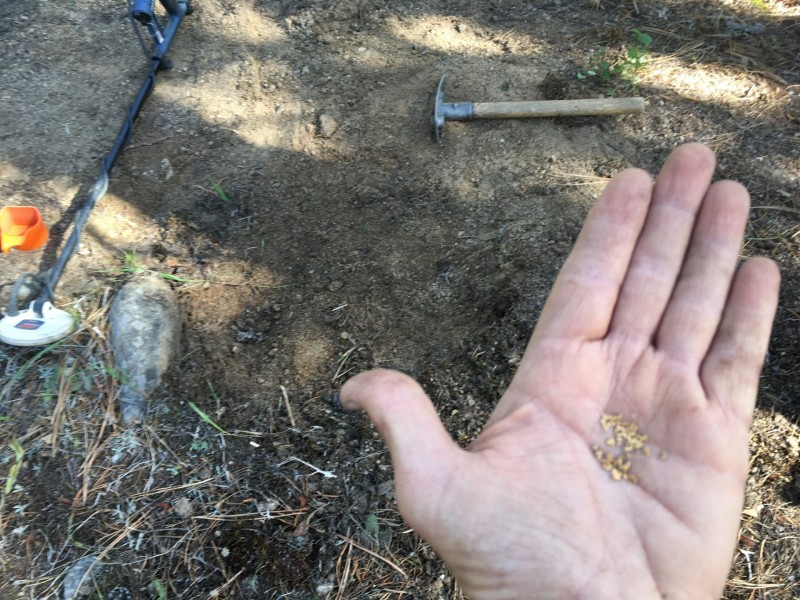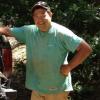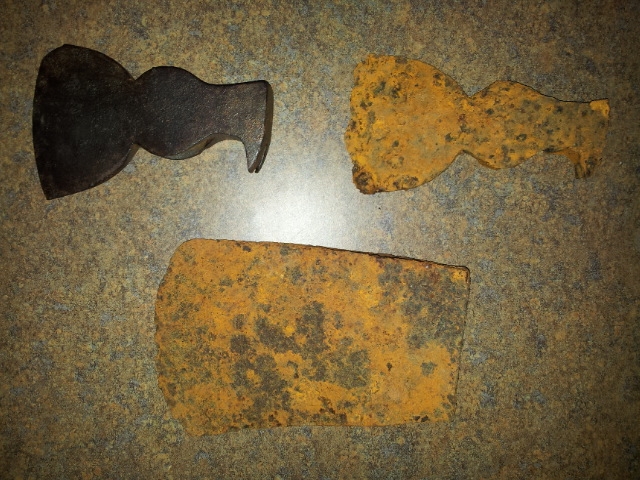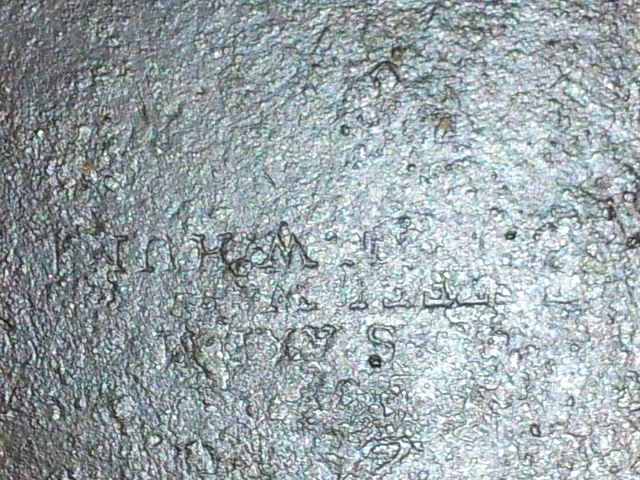Leaderboard
Popular Content
Showing content with the highest reputation on 12/04/2019 in all areas
-
9 points
-
9 points
-
6 points
-
These are a few i found in various places, Hawaii, UK, and Ak..The silver ring is pretty old, i found it in a plowed farm field in the UK, it was basically flattened out, when i got back to Ak i took it to a jeweler friend and he reshaped it and made a repair...Hawaii is a gold ring paradise did manage to return a couple of wedding bands but for the most part its impossible...5 points
-
Here is an article that I wrote for Lost Treasure magazine before it went under that you guys (and gals) may be interested in. Not sure how to bring in the photos, but here is the text. Do Coins Really Sink? Charles Darwin’s Contribution to Metal Detecting By Kent Whiting During my 30+ years metal detecting I have often wondered how coins become buried in the ground and what determines how deeply these coins are buried. There are two main theories; the first advocating that coins sink through the soil and the second that coins become covered by plant matter that decays and forms layers of soil on top of the coins. Over the years I have observed huge differences in coin depths from one site to the next or even within the same park. In 2011 I found an 1894 Barber quarter in good condition laying right on the surface of the ground at a site that for many years has been a dry poorly vegetated field. The following year I found, an 1894-O Barber quarter in good condition at a depth of over 10 inches in a well-watered park lawn. Both coins were probably lost in the 1930s, so why was one on the surface and the other over 10 inches deep? One possible explanation is that the coin lost in the park was buried by years of accumulation of lawn clippings. One problem with this theory is the soil above the coin was not pure organic humus, but also contained sand and silt grains. Could it be that the coin in the park was able to sink because the soil was moist? I have seen theories that attribute coin sinking to density differences between the coins and the soil. True, such processes can and do operate within streams. However, such density segregation does not occur within a soil. The frictional forces between soil grains are far too strong to permit sinking of a coin. So, if coins do not sink due to density differences and they are not covered by grass clippings how do they get so deep? Further complicating the situation is the fact that within the same park beneath a spruce tree I found a 1905 barber dime, at a depth of only about 4 inches. Fortunately, these observations can be explained by the work of one of the greatest scientists in history, Charles Darwin. Darwin is best known for his theory of natural selection to explain the diversity of life. In October 1837, about a year after he returned from his famous voyage on the Beagle, Darwin made a trip to visit his uncle, Josiah Wedgewood, at his country estate at Staffordshire, England. Wedgewood related that 12 years previously the surface of a certain pasture had been covered by a layer of lime, but the layer had since become buried by the action of earthworms. Darwin found the white layer of lime at a depth of 3 inches. According to Darwin, the burial of items by earthworms is related to their burrowing activity, which is intimately related to the feeding habits of certain species. Deep burrowing earthworms, such as the common night crawler, feed on both organic material within the soil, and on surface material, such as leaves and grass clippings. They drag their food down their burrows and deposit their waste, called “casts”, at the surface. They ingest organic-containing soil, including small grains of silt and sand, which become part of the casts. Darwin proposed that an item on the surface becomes buried due to the collapse of the subsurface burrows beneath the item, causing subsidence. The resulting surface depression, then becomes filled in by the granular casts. Darwin calculated the burial rate of the lime based on the application date and on the depth of the layer. He came up with a rate of 2.5 inches per decade. Darwin presented his findings in a paper read before the Geological Society of London in 1837. He concluded his presentation with the remark “it is probable that every particle of earth in old pasture land has passed through the intestines of worms”. Unfortunately, the paper was poorly received by Darwin’s geologist colleagues, who had expected great things from the man who, even then, was considered a celebrity following his voyage on the Beagle. Darwin soon moved on to other interests, but never completely abandoned his earthworm research. He published a few more papers on the subject, as well as beginning a few long term experiments. He spread a layer of lime over one of the pastures at his country estate in 1842 with the view of monitoring the rate of burial over time. In 1871 Darwin checked on the status of his lime layer, finding that it had become buried to a depth of about 7 inches over the 29 year period, for a burial rate of 2.4 inches per decade. He calculated the mass of soil material brought to the surface by carefully monitoring the burrows over time and found that the mass of casts brought to the surface matched reasonably well with the burial rate of surface material. The burial rate of an object due to worm activity is related to the population of deep burrowing worms for a given area. Darwin found that worm populations were considerably lower beneath beech trees compared to other areas. In 1881 he published his findings in the form of a 326 page volume which he referred to as his “little book”. The book was a commercial success, but was never embraced by the scientific community and was soon forgotten. Darwin’s work was rediscovered by scientists when the book was reprinted in 1945, and by the 1950s a few archaeologists began to recognize the importance of his work. The concepts described by Darwin are now well accepted by many archaeologists. Within the last few years new scientific terms have been coined to describe these processes. The action of earthworms on the soil is referred to as “bioturbation”, and the animals responsible for the bioturbation are the “ecological engineers”, which include not only earthworms, but any burrowing animal that deposits dirt on the surface. So how can Darwin’s work explain the depth differences between the two Barber quarters? The dry field was an inhospitable environment for earthworms. There was little or no organic material in the soil and the sparse vegetation provided little or no surface litter for them to eat. On the other hand, the park provided an ideal environment for earthworms. The soil was moist, and rich in organics, and abundant food was provided by grass clippings, and leaves. The area under the spruce tree was a relatively unfavorable environment. As mentioned previously, Darwin found that the areas beneath beech trees were unfavorable for earthworms. More recent studies have found the same to be true for conifers such as spruce and pine, and for larch trees, but not for oak or maple trees. So what does all of this mean for coinshooting? First, the idea that denser or larger items should become buried faster than smaller or less dense items can be discarded. How many times have you dug a can at over a foot deep? If cans are this deep, coins of a similar age will be just as deep. The number of remaining deeply buried half dimes and trimes in many “worked out” city parks is probably mind boggling. Another important take away is that under ideal conditions for deep burrowing earthworms, most all of the old coins could be out of range of most metal detectors. Earthworms are most active when the soil is warm and moist, so most of the burrowing and coin burial, occurs in the spring and fall. Clearly, some areas of the country are more favorable to earthworm activity than others. Warm and wet climates are particularly well suited to year round earthworm activity and potentially very deep coin burial. So, do coins sink or are they covered up? Clearly the answer is BOTH; with the help of a few “ecological engineers”. Sources Atkinson, R.J.C. 1957. Worms and weathering. Antiquity, v. 31, p. 219-233. Butt, K.R., Lowe, C.N., Beasley, T, Hanson, I, and R. Keynes. 2008. Darwin’s earthworms revisited. European Journal of Soil Biology, v. 44 p. 255-259. Darwin, C. R. 1837. On the formation of mould. Proceedings of the Geological Society of London, read November 1, 1837, v. 2 p. 574-576. Darwin, C. R. 1881. The Formation of Vegetable Mould, Through the Action of Worms, with Observations on Their Habits. John Murray, Albemarle Street. London. October, 1881. Desmond, A. and J. Moore. 1991. Darwin. Michael Joseph, Penguin Group, London. Feller, C., Brown, G.G., Blanchart, E., Deleporte, P. and S.S. Chernyanskii. 2003. Charles Darwin, earthworms and the natural sciences: various lessons from past to future. Agriculture, Ecosystems & Environment, v. 99, p. 29–49.5 points
-
G'Day All Quick update to my Setup problems. After an on the phone lesson with Goldman. I sent my box back for testing. Bench test found my SMR was not filtering EMI at factory Default of 107 so been changed to 109. Bonus for the trip was the latest Firmware updated which has made changes to GB. Box in on the way back to me now. This is one of the great advantages of the QED EXCELLENT customer service, with fast turnaround on diagnostics. LOVE your work ! Any of the other major detectors and I would not have seen my detector for weeks !4 points
-
I went to Rye Patch, NV last week and only had 9 hours of detecting with the GPX 5000. Got serious and followed some guidance from forum members and found 3 chevron nuggets (.6 gm, .3 gm and .3 gm) found 4" - 6" deep in heavily detected ground. Many thanks go out to Gerry with a great deal on the Minelab GPX 5000 and Rob's NF Evo 17 x 13 coil paired with the SteelPhase enhancer. Settings were: Gain 18 - 20, Deep, Sensitive Extra or Fine Gold, and a quiet Threshold so I could concentrate. Signals were obvious and clear, without the constant mineral & salt noise. I also have a GPZ 7000, but trusted the reliable GPX for this short trip. Bill2 points
-
https://www.bbc.co.uk/news/uk-scotland-506453222 points
-
Hello all, I have now been on here a few months, and am very much enjoying everyone's information and humor! First a disclaimer: I tend to use alot of exclamation points when i post, so don't think I'm yelling at any of you! I just like them more than periods! Besides, Steve prohibits yell posting! I am a born and raised South Florida native, and 3+ year's retired! I started detecting back when i was in high school! And unfortunately stopped a few years later, when cars, girls, and life, took over! I picked it up again in 2015, when my wife and kids were no longer taking over! (Yes; I'm still married)! I'm all in on detecting now, even though i missed some good years! The only other forum i have followed and posted on before this, is "The Treasure Beaches Report"! (Still read every day)! And I'm just happy to be here; learning from, and posting with, all of you! 🇺🇸 My first detector, circa 1980 👍 (still have it)👍👍2 points
-
Just saw your guys post, I have left Laughlin, found out I'm Not a casino type gambler, Haha !!!! In Morristown AZ. now, gonna hang out here for a while before I head to Quartzite AZ. Give me a shout if anybody's in area, let's detect. Again thank's for everybody's help at Rye Patch, will hunt that area again on my way back home to Alaska in spring... Dig It !!!!!2 points
-
2 points
-
The manufacturer deeply regrets to inform the global detector prospector community that the BastardXWave has been pulled off the market. Chinese industrial espionage together with dirty tactics by other manufactures to halt the development of XWave technology, has led to the last ever BastardXwave being sold to a little-known Australian company called Minelab Electronics (part of the Codan group). This company has reverse-engineered XWave technology and come up with a detector which far surpasses the BastardXWave: The Equinox 800. All they need to do now is bring back the lusty voice-assist girl and attach the Equinox to a drone; away we go!2 points
-
It should read 3.9 troy ounce, Not 4.2 oz as stated I think the writer does not know Troy weight system. The value of £80,000 quoted due to it rareness would leave it open to being a scam. Great looking nuggets.2 points
-
G'day, Unearthing relics when detecting is nearly as much fun as getting the yellow from the ground. Picks are commonly found here in New Zealand (Godzone). I got this one in among some tailings in Otago a few years back ... which I left in place. One mine on NZs West Coast has this collection of old timers picks ... And the mine also has these ... Regards, Rob (RKC)2 points
-
Today I had a look at the shaft that my father put together for his 800. I thought it turned out very well, so I thought I would take a few pictures to share here. We looked at a few options but ultimately thought a true one piece shaft was best and easiest. Based on a previous conversation I had with an experienced water hunter on here, we figured it would be alright to run the carbon fiber almost all the way to the coil. The lower fiberglass factory shaft was cut down to about 6" and secured into the inanimate carbon tube with epoxy. This, along with the lack of clamps really reduced the weight. A couple of holes for the armrest and pod completed the project. Looks like he even got the button on the end of the shaft too. I will be doing something similar with mine, although I still think I want to try a kevlar shaft just for fun as it is basically transparent to RF. I'm in the process of finding one with the right diameters tonight. The main thing for me is to get the 0.875" O.D. (~22mm) to fit the pod, i can modify the lower piece if need be, or print a new one. I'll also tilt the handle a little bit towards myself. I love this because it is light and simple.1 point
-
I decided to give a go at nugget hunting with a detector here in Ireland. I equipped the TDI with a new 6" Miner John coil and off I went. Third signal in and up popped this nugget. Not a monster by other countries standards but here in Ireland it is a monster. I am still buzzing and cant actually believe I found a nugget with a detector, but one this size, well over the moon is an under statement.1 point
-
1 point
-
Im looking to buy an orx but, ive noticed the price of them is all over the place, from 899 to 650 i know theres roughly 3 packages or so im looking for the package with the 9 inch hf coil and wireless headphones. Where are you orx owners buying from?1 point
-
When you run the Equinox firmware updater you can D/L off the ML website , it will check your detector firmware version. On that screen is a drop down menu that gives you the option to update to latest version or roll back to either one of the two previous versions. Honestly, at this point I see no reason to roll back. I respectfully disagree with Nordic’s premise that the updates are biased to larger targets and are sacrificing overall drepth. In fact, ML improved on the ability for Equinox to correctly ID edge on coins which increase low target profile “sensitivity” and should enhance depth performance for small targets. The user profile “reset” bug of the original 1.5 version firmware was also addressed in the version 1.75 update. Finally, the F2 iron bias filter algorithm introduced in Ver 2 is superior to the Fe iron bias algorithm IMO but ML smartly decided to retain the legacy Fe version as a setting option in ver 2, if that is your preference, without having to roll back to 1.75. Not all my issues have been addressed (hello, wonky pinpoint mode) but there certainly is nothing compelling in the previous versions to make me want to roll back to 2.0. And frankly, my quibbles with remaining Equinox “issues“ are so minor I wouldn’t lose any sleep if this were the last firmware update Equinox sees from a bug fix standpoint. I would love to continue to see performance enhancement feature adds similar to F2 in future updates, though. All that being said, I agree that Nordic should go ahead and run the earlier version to convince himself one way or the other and fortunately, ML has made it relatively easy to jump back or jump forward with the various released versions of the firmware.1 point
-
Looks like two Alaskan nuggets soldered together. The wear on one appears to be different from the other..but pretty cool if it were actually the real deal. Kudos to the finder!1 point
-
Looks like the Equinox is an 8-layer circuit board. You can see the 8 little white outlined boxes in the upper middle edge of the board. There is a #1 in the first box, for layer 1. Only reason I know is I do PCB Design and development for a living, and that's the way I indicate my layer stacks as well. 🙂1 point
-
You have a "prize" V nik there. I have a few but are not nearly as nice as yours. Congrats!!!!!1 point
-
It was time for another Rye Patch trip. It was a group outing this time and I had invited Chet. He was already there when I showed up out in the field about 3 on Wednesday afternoon. It was an 8.5 hour drive and I had added a couple of hours onto it getting checked in to my cabin but I was there! Chet had not found anything so he said I'll follow you. We got set up and he said he would catch up on some things and it was near the end of the day so I headed up. Before I got up too far my first target gave me that nice, warm sound. Even with the little sleep I had I thought it was a good target. I scraped and it didn't move and down a bit farther it didn't come out of the hole and then down about 7" I had it in the scoop. I sometimes overestimate so I put on my 7000 navigation that it was 1 gram but later not to be. It is just .72g. It is the nugget on the top left on the scale. I looked around the area and saw old dig holes so I knew I had to stay. I circled and gridded in the late afternoon sun and I got another signal. This one was a little deeper at 8". The size slightly larger at .75g. That was it for awhile until another repeatable signal. I don't remember the exact depth but I think 5" and I didn't really know if it was gold. It is and it is .11g! I didn't have my phone with me but that was it. I was beat and so was Chet so we took the 35 minute ride back to camp. Overnight it was pretty cold at 17-19 so I left the lid on my coolers open in my car and outside. When I got up the drinks had frozen in both of them but we were off for the same location. This time Chet hit the area where I found those three nuggets. I walked up the hill as I had intended. We didn't move the cars all day. Chet was working the little bowl and I was up on the sides of the big gully and anything else that looked promising. I heard a promising signal in a little dry, side run and it had shale type rock around but the signal would go away when I scraped and scratched. I was into some harder rock and it stayed and stayed and then I blasted it with my pick and it was out. It is the nugget in the middle. A solid 1.5 g nugget! I didn't have my phone with me as it was affecting my detector. Down in the distance I could see Chet working his 17" X Coil very slowly over and over the area from the day before. He had been digging some deep holes. When I made it down to him he said he had found one down about 10" that I didn't get. He also found another smaller one. In addition he had dug some really deep holes where some type of metal pieces had sounded off for him. It was a good day. I had a nice nugget and he had a couple. Friday we started at a different location but soon I wanted to get back to 'the area' but a bit higher. We both walked a long ways checking piles, pushes and holes. I was heading back up the hill and hear that nice sound again. This was only 4 inches or so and out came a nice flatter nugget (.84g). When I looked around I saw someone's recent filled in dig hole but they didn't get this nugget. The trash was hiding it! Things die out in the desert but not like they do in Australia! Australia is one big kangaroo graveyard! Here is the total for this trip. (I didn't find anything with a half day Saturday.) If I add in the two nuggets from my last trip then I have about 1/4 oz of Rye Patch gold. Thanks Chet for the companionship and the stories. You have some really great ones about gold, jobs, life and I wish others could hear them. Mitchel1 point
-
Welcome Joe. I'm new here too, but not to metal detecting. Been detecting many years up here in Southern NH. Lots of history here with plenty of farm houses and land still to detect.1 point
-
Hi Johnny I had Dilek send me a message that she didn’t understand what I was saying. I was telling Simplex owners to let the V that stands for Vanquish to let the V want to be owners hold their Simplex. Also let them know that dealers do have the Simplex to buy if they do wish . The reason I didn’t say Vanquish but just used the V is because Steve said that we have different forums for different detectors . I’m good at opening mouth and then getting lockjaw. Then don’t know when to stop shooting the bull. Chuck PS Dilek like I said keep making a great detector.1 point
-
Well.....that was alot of fun! Kinda reminds me of the old days. Nicely done and film it at the same time. P.S.1 point
-
Interesting article, but I like the pixie dust theory the best. The pixie dust theory simply suggests that one can find almost anything if they are in the right place at the right time with the right equipment and a good luck charm. I believe that you have some science on your side, but I still have a wild imagination of things, so I vote pixie dust.1 point
-
Thanks Cal but no worries, I don't hunt above the Los Angeles County line. Thanks Chase. If I were not hunting side-by-side with a couple of hot shot FBS users, I probably wouldn't have thought of tweaking the audio in my 50 tones. I don't want to miss the faintest high conductor squeak which is easily missed depending on how I catch the target....or not. But you said it in a way that confirms what I have been thinking...."it appears to just shift the non-ferrous pitch up by 5 across the board". Re the ferrous/non-ferrous breakpoint....I'll leave this one alone. I want to hear all non-ferrous targets on the default scale.1 point
-
1 point
-
YyI've never messed with it, but might give it a go. I don't see that it results in any performance hit. If you simply increase the ferrous-non-ferrous tone pitch gap from 20 to 25 it appears to just shift the non-ferrous pitch up by 5 across the board. If however you shift the ferrous/non-ferrous tone breakpoint up from 0 then you will compress the non-ferrous tone range because there are fewer non-ferrous target IDs. Weird.1 point
-
1 point
-
1 point
-
1 point
-
That map of Europe looks a bit 'distorted' to me. I'm sure the UK isn't that big. Not to mention all of Scandinavia and the Baltic States are missing - Norway, Sweden, Finland, Latvia, Lithuania to name a few.1 point
-
2Valen -- teenage grandkids are definitely expensive! 😉 I would welcome the chance to build you a shaft, if they don't drain your bank account! 😉 Steve1 point
-
1 point
-
nordic .. you get the G-B value in your terrain ...?, because GB = 1 for equinox is balancing for ferrite .., have you tried to apply discrimination on to 0,1,2 ...? in your tests ..? Equinox... the use of discrimination in difficult conditions is desirable ...,.... it is not necessary to rely on Allmetall .. it reminds me of the iron volume setting which is in some detectors - but in this case also affects the ID...1 point
-
Pimento, That's funny you mention the earthworms! That subject was the original source of my "coin sink" question! I just didn't mention it in the previous post! I have a small park near me that was once part of an old graveyard! (Graves removed long ago) It has several very large trees that constantly shed leaves, and the soil is very rich and loamy with tons of earthworms! In this situation its a combination of the leaf breakdown, mulcher mowing, and finally the earthworms that are processing the leaves and grass clippings, and burying anything that falls on the ground here! To complicate matters, there are large power lines overhead, and a constant homeless element that litters the park with all manner of aluminum trash! I would call it more of a coin burying, than a coin sinking! But it could be called either one i would guess! I was formerly a sinking advocate until i conversed with the person i referenced above! Now i'm in the burying camp!👍👍1 point
-
Yeah well this is a Minelab forum and you Nokta/Makro fanboys should just stay over on your own forum! My feeling about Vanquish is it nailed it's design goal - choice between Garrett Ace and Vanquish is a no-brainer. Between Vanquish and Simplex I choose Equinox, best of both worlds. Minelab Vanquish 540 vs Garrett Ace 4001 point
-
Thanks for this link, this gentleman has several other videos that are very instructive.1 point
-
I knew the family that mined there .... They are all gone now have been for years, the owner of the gold camp worked for them.....1 point
-
Time flew by up at the cabin and on my little claim this season. I continued to clear, detect, and drywash the decomposed granite bench areas. Here’s a nice clean out from one drywash session: I also reworked the sides of some oldtimer Diggings, filling in their ditch as I go....lots of work here for little return lol! Found some nice nuggies when I uncovered some crevices in a different bedrock...biggest piece was almost .6gram, decent size for up here: A highlight of the summer was having my nephew’s boys visit. They learned drywashing, running the concentrates through the recirculating sluice, then how to pan. Each ended up with a couple grams(hmmm....maybe a little “salt” in those concentrates lol): AND the season ended on a positive note! Found a nice handful in this small scraping from a new spot....definitely will setup the drywasher here next year! Ended up with just shy of 12 grams total up here for the season....not much gold, but tons of fun and memories! 🙂1 point
-
Episode 2 is online: Finding a good spot: Two swiss hobby gold prospectors travel to Chicken, Alaska to find some gold on Myers Fork. In this episode, we try to find a good spot on Myers Fork and finally we find one, but way further upstream, from where we normally prospect.1 point
-
Ken, I don't know the detecting much around Laughlin. You can head towards Dolan Springs and go to Gold Basin. You could go to Kingman and go to the Gold Lady and get some ideas. You could go toward Oatman and Lake Havasu or Franconia. Jeff Williams is from the general area and he has a lot of videos if you don't mind the antics. Even if you do mind there is a lot of good information provided. I may go to Gold Basin in a couple of days and be there a couple of nights. I'd say there is much more potential still in Gold Basin than Rye Patch but I get skunked there too but I can usually find a meteorite or two. Mitchel1 point
-
Ken, Hey great meeting you! You need to follow me close in them hills. You have fun down on the River, it’s one of my favorite places! Rick1 point
-
Hey Bill, Congrats on the new finds at Rye Patch. Thanks for the long time continued business from us, we definitely appreciate your friendship and business. Wishing you and the rest of the guys up that way much success out there. Hopefully someone can get a nice lump under their coil. Take care, Rob Allison Rob's Detector Sales www.robsdetectors.com 623-362-14591 point
-
Bill, Glad you are having a little success at Rye Patch with the GPX-5000 you purchased from me. Those are pretty nice pieces as 99% of the bigger gold has been found. The new Promotion of a free 19" coil with purchase of GPZ-7000 is a great time to call me again. I'm down here now with Chet, DiggerBob, Slowpoke, Dave, Matt and Rusty. Chet let me run the X coils today and I see pros/cons. We compared 5 targets today and my stock 7000 easily heard each signal. 4 of the 5 were gold nuggets. Again, glad you had some 5000 success and thanks for kind words and sharing the story with photo.1 point
-
1 point


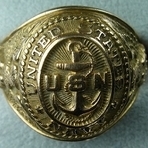

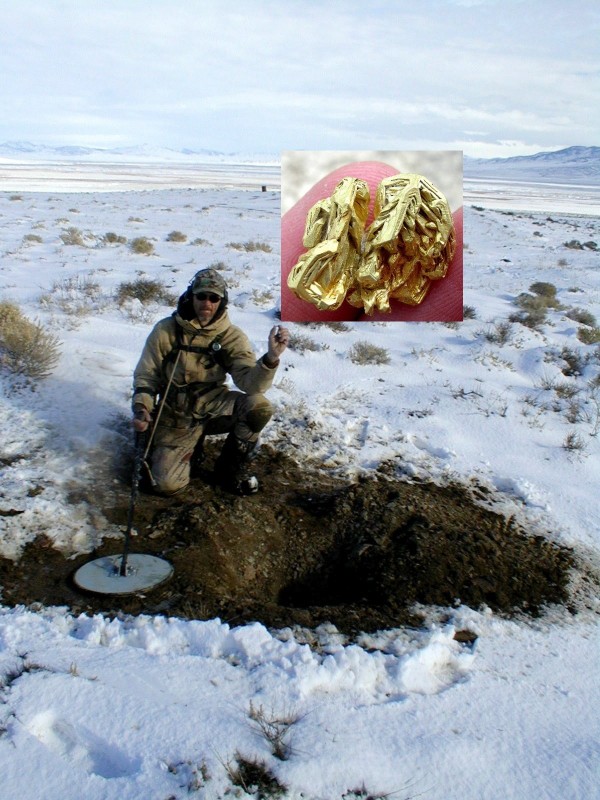
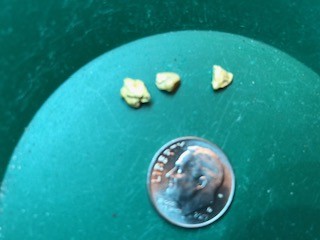
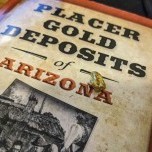


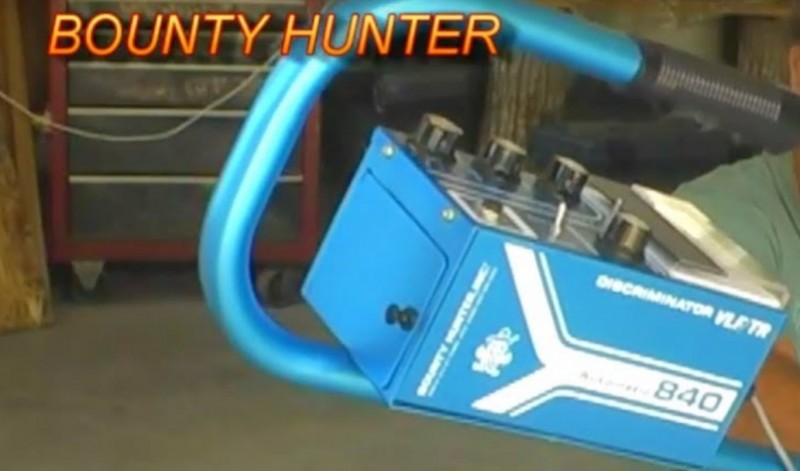


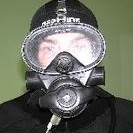
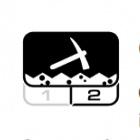

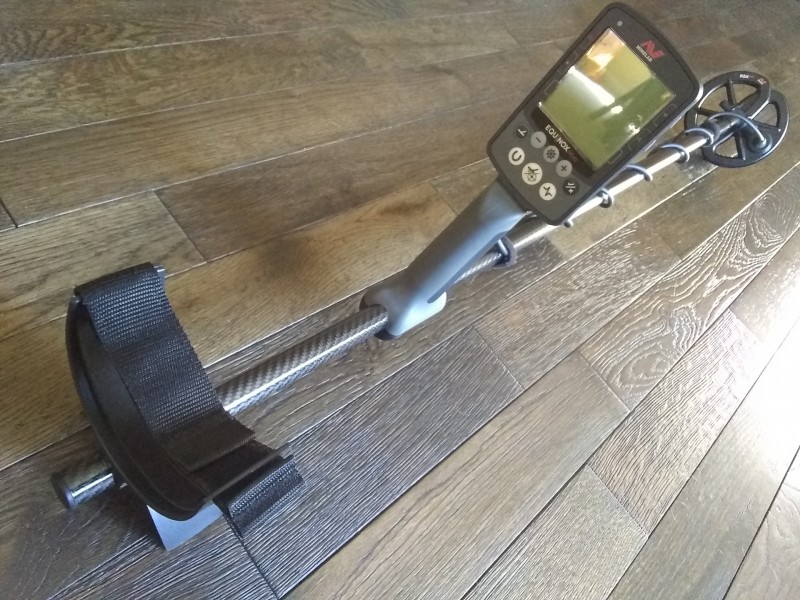
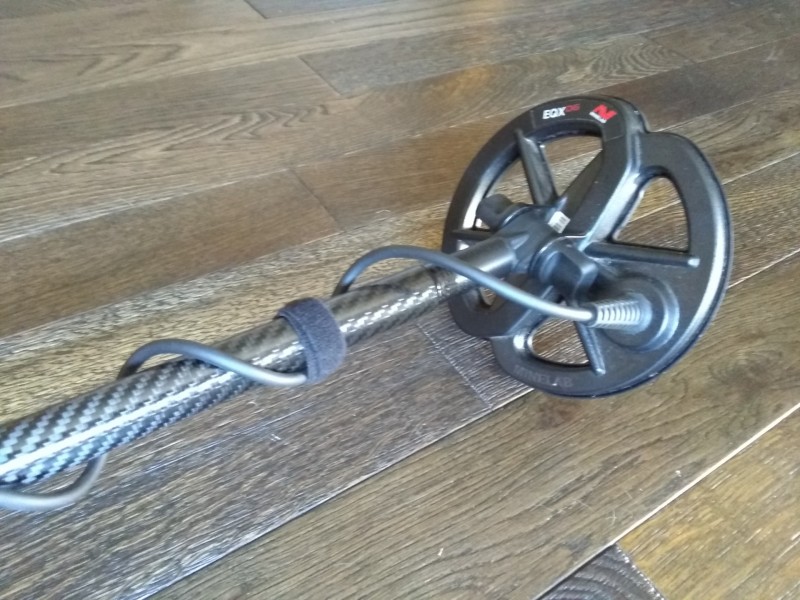
.thumb.jpg.834d08a5d63ebcd93a21f9a93d2e31f7.jpg)






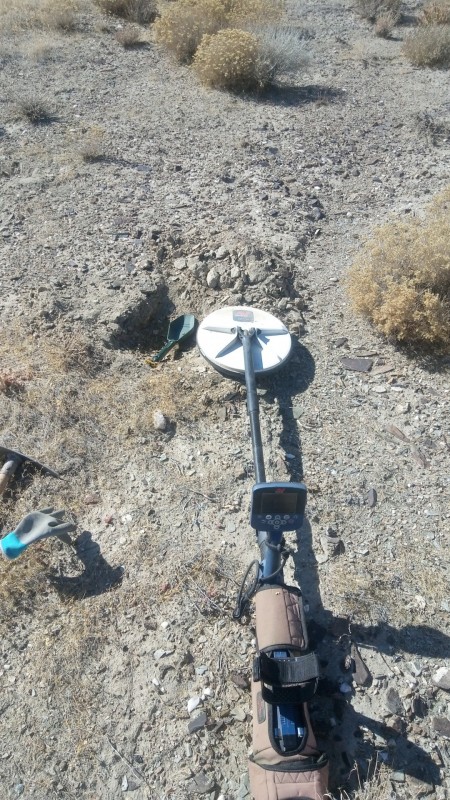
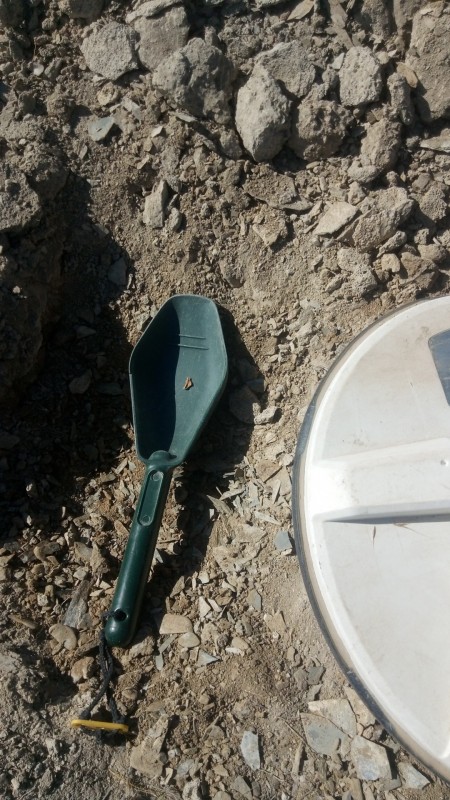
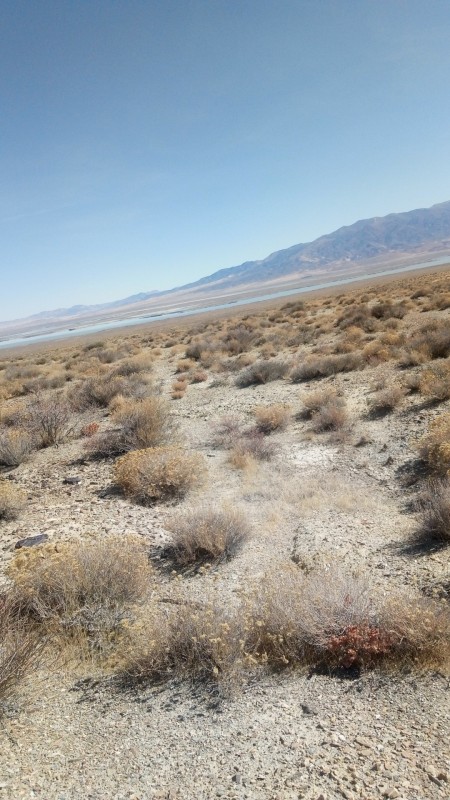
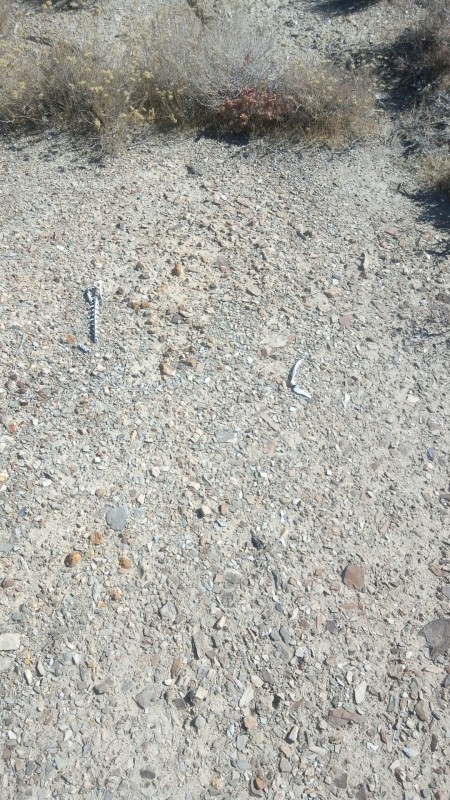
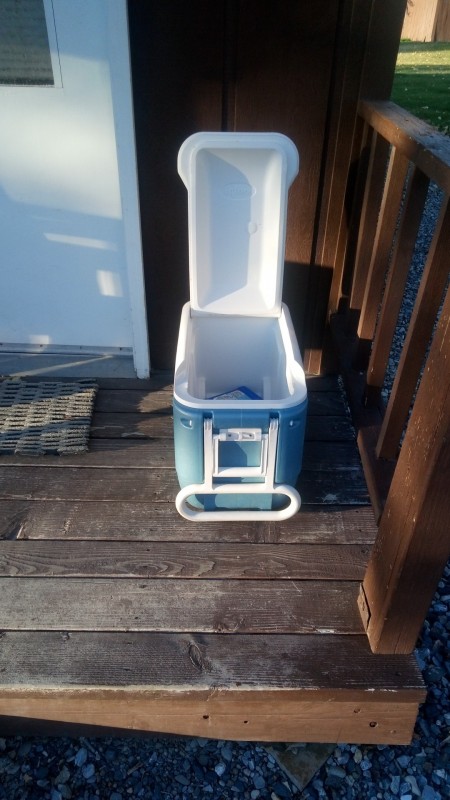


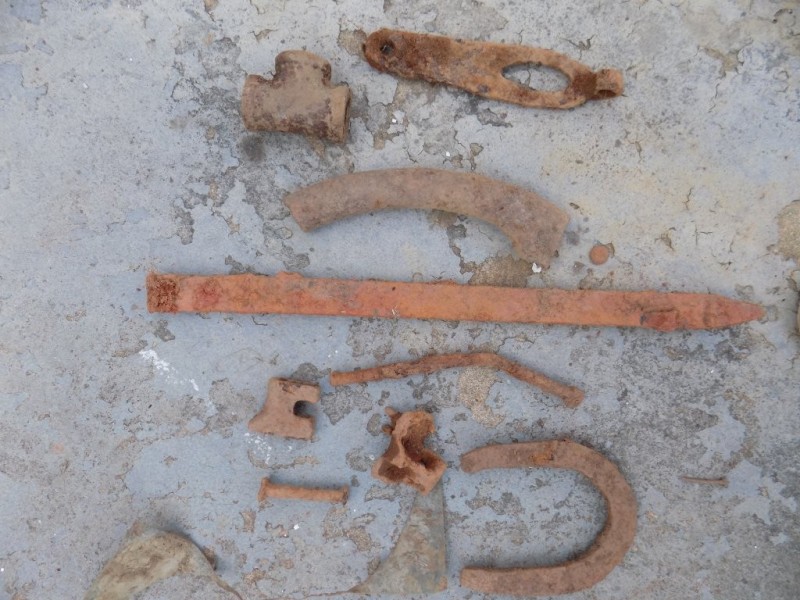
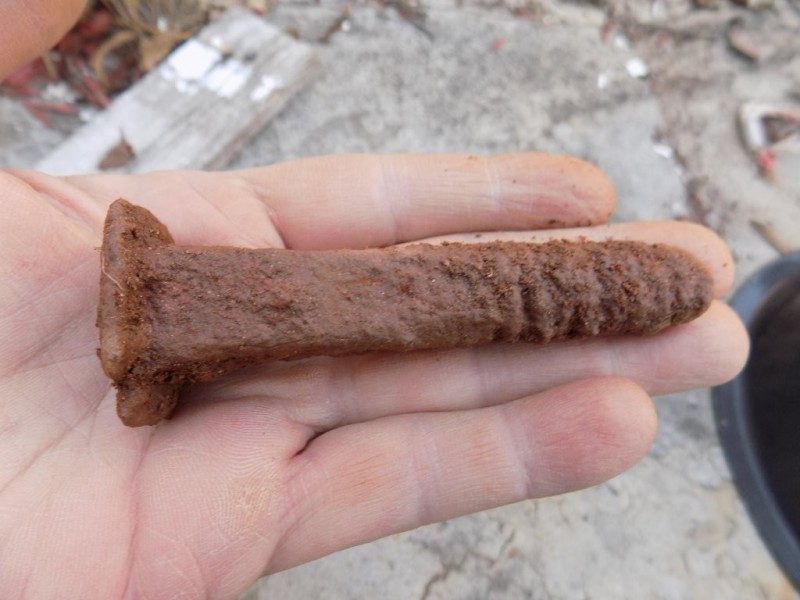
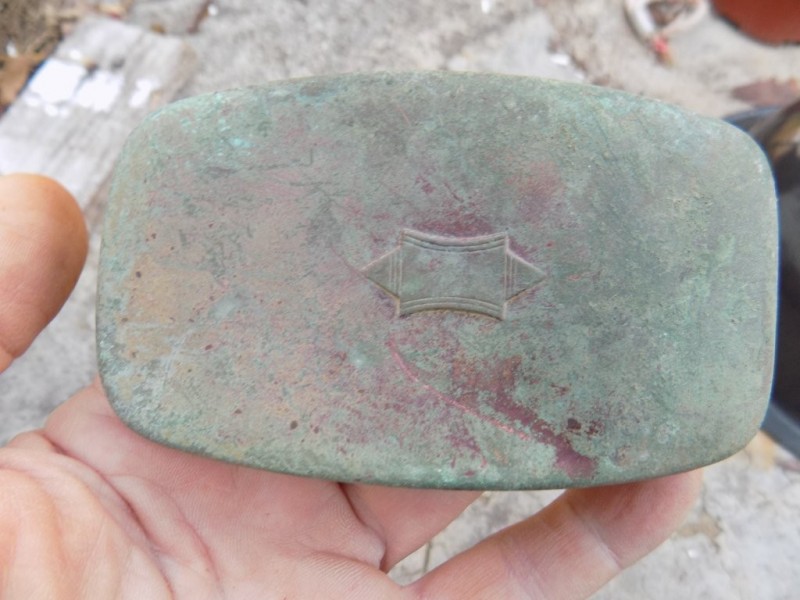
.thumb.jpg.77e4cb5bf39d44bdd2050d2edb7dfdb1.jpg)
